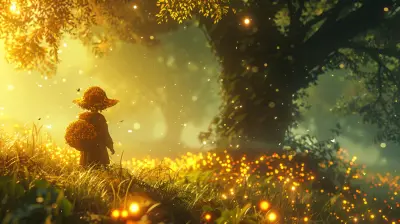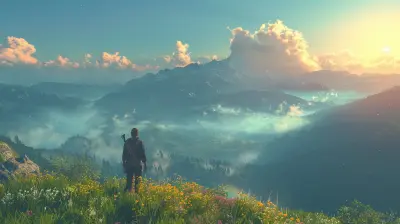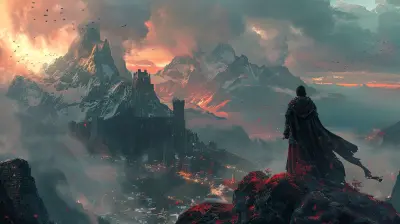Biomes in Games: Bringing Diverse Ecosystems to Life
6 October 2025
Have you ever walked through a lush, green forest in a game and felt like you could almost smell the fresh pine needles? Or maybe you’ve found yourself trudging through a barren desert, the sun beating down as sand swirls around you? These moments feel so real because game developers have mastered the art of crafting biomes — diverse in-game ecosystems that add depth, realism, and atmosphere to the virtual worlds we love.
Let’s be real: games wouldn’t be the same without biomes. They’re not just pretty backdrops; they’re essential for gameplay. From the icy tundras to dense jungles, biomes in games do more than just look good. They create immersion, shape the narrative, and even impact how we play. In this article, I’m diving deep into the fascinating world of biomes in games and uncovering how these digital ecosystems bring adventures to life.
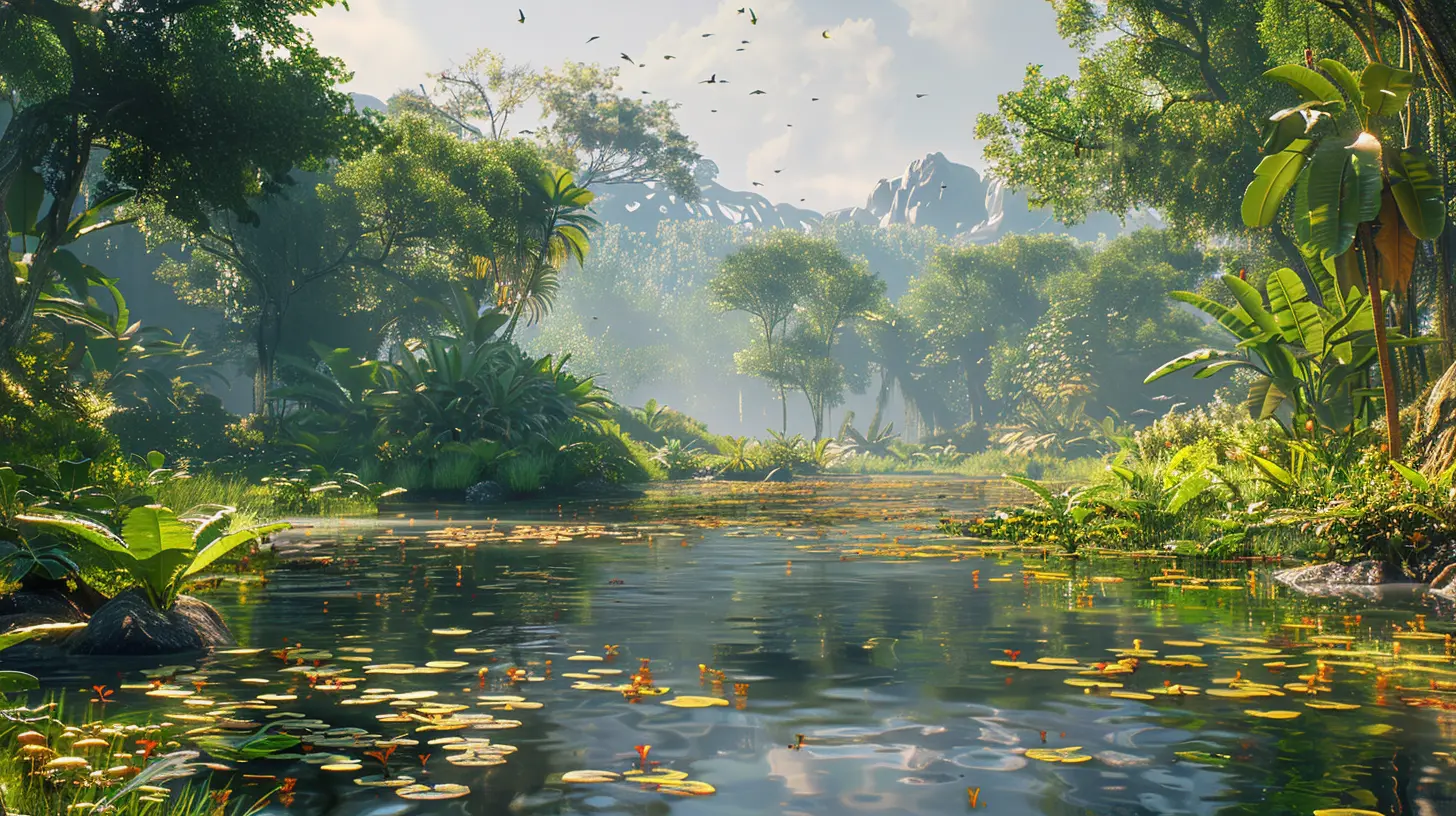
What Are Biomes in Games?
Before we get into the nitty-gritty, let’s clarify what a biome is. A biome, in simple terms, is a distinct environmental area characterized by specific vegetation, climate, and wildlife. In gaming, biomes are the digital equivalent — zones or regions with unique landscapes, weather patterns, and creatures.Think of biomes as the dressing on your gaming salad. Without them, everything would feel bland and samey. Each biome has its own flavor, and together, they make the game feel like a living, breathing world. Whether you’re exploring the snowy peaks of Skyrim or battling mobs in Minecraft's Nether, biomes enrich the gaming experience in unimaginable ways.
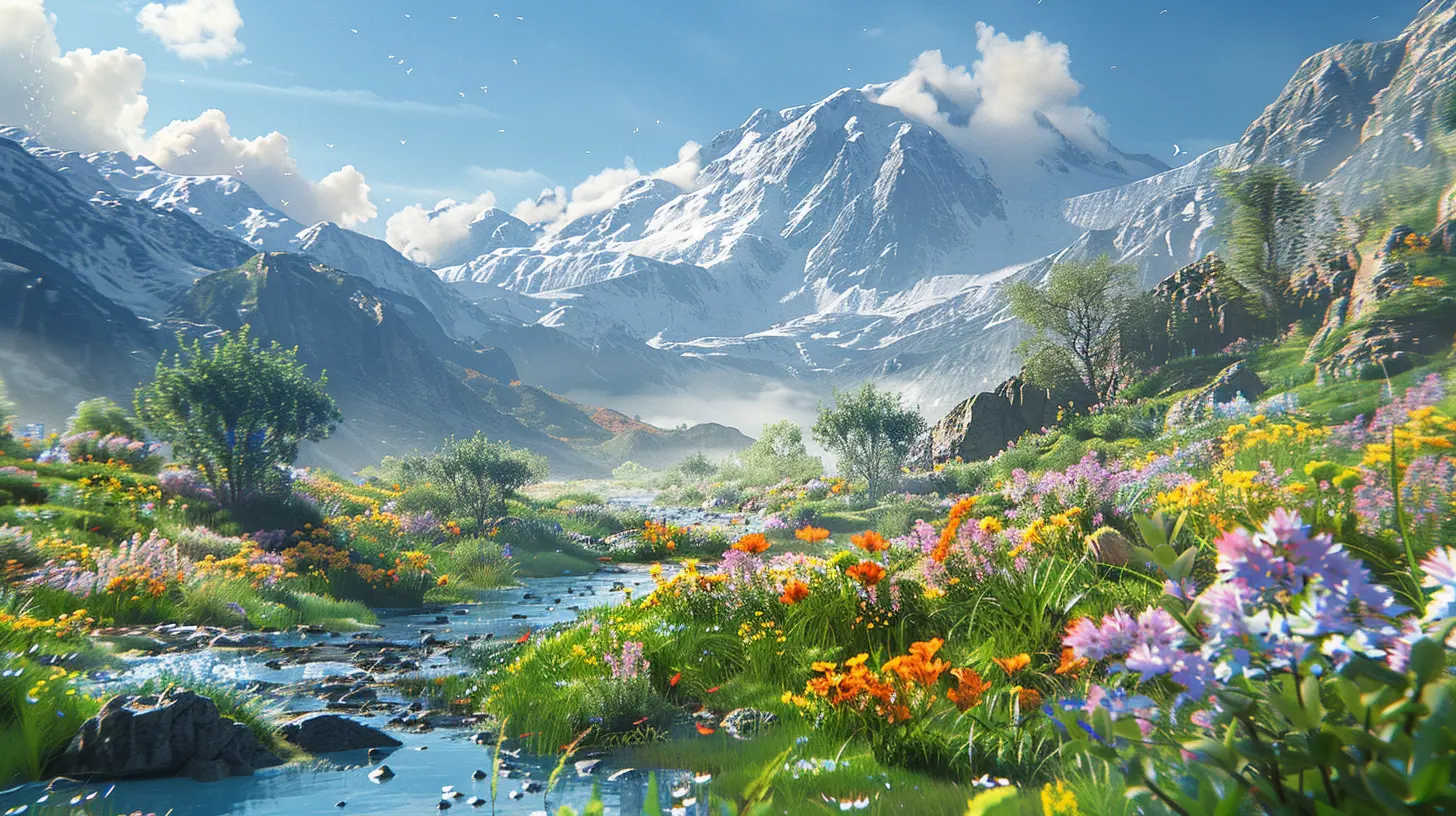
Why Biomes Matter in Games
So, why all the fuss about biomes? Because they’re the secret sauce of immersive storytelling and gameplay design. Let’s break it down:1. Visual Variety That Keeps Players Hooked
Nobody wants to stare at the same scenery for hours, right? Biomes ensure that games remain visually engaging by introducing diverse environments. One moment, you’re trudging through a swamp; the next, you're scaling a volcanic mountain. This constant change keeps things fresh and exciting.In games like The Legend of Zelda: Breath of the Wild, each biome feels like its world. Grasslands feel expansive, deserts have that oppressive heat vibe, and snowy regions make you want to grab a blanket. The diverse visual palette keeps players invested without things feeling repetitive.
2. Immersion: Making Virtual Worlds Feel Real
Ever noticed how stepping into a new biome can make you feel like you’ve truly “traveled”? That’s immersion at work. Developers use biomes to mimic real-world ecosystems, complete with dynamic weather, soundscapes, and tiny details that make the environment believable.Hear the crunch of snow underfoot in a tundra? Or the distant hum of cicadas in a jungle? Those little touches make all the difference. Games like Red Dead Redemption 2 even go as far as having animals that are native to specific biomes. You won’t find an alligator in the snowy mountains — and that attention to realism pays off.
3. Shaping Gameplay and Challenges
Biomes aren’t just eye candy. Oh no, they influence gameplay big time. Different environments come with unique challenges. For example:- Deserts: Heat exhaustion, scarcity of water, and limited vegetation.
- Swamps: Limited visibility, increased risk of ambushes, and tricky terrain.
- Snowy Tundras: Slippery surfaces, freezing temperatures, and reduced stamina.
These factors force players to adapt. In survival games like Don't Starve or Ark: Survival Evolved, the choice of biome can mean the difference between thriving and dying. Your strategy changes depending on the resources and hazards you face in each environment.
4. Storytelling and Atmosphere
Biomes can set the emotional tone for a game. A misty forest might evoke mystery, while a scorched wasteland could spell despair. The environment often reflects the story being told.Take The Witcher 3, for instance. When Geralt ventures into the swamps of Velen, the damp, dreary biome perfectly complements the dark, grim undertones of the game’s narrative. Similarly, vibrant, colorful biomes in games like Animal Crossing create a relaxing and cheerful vibe.
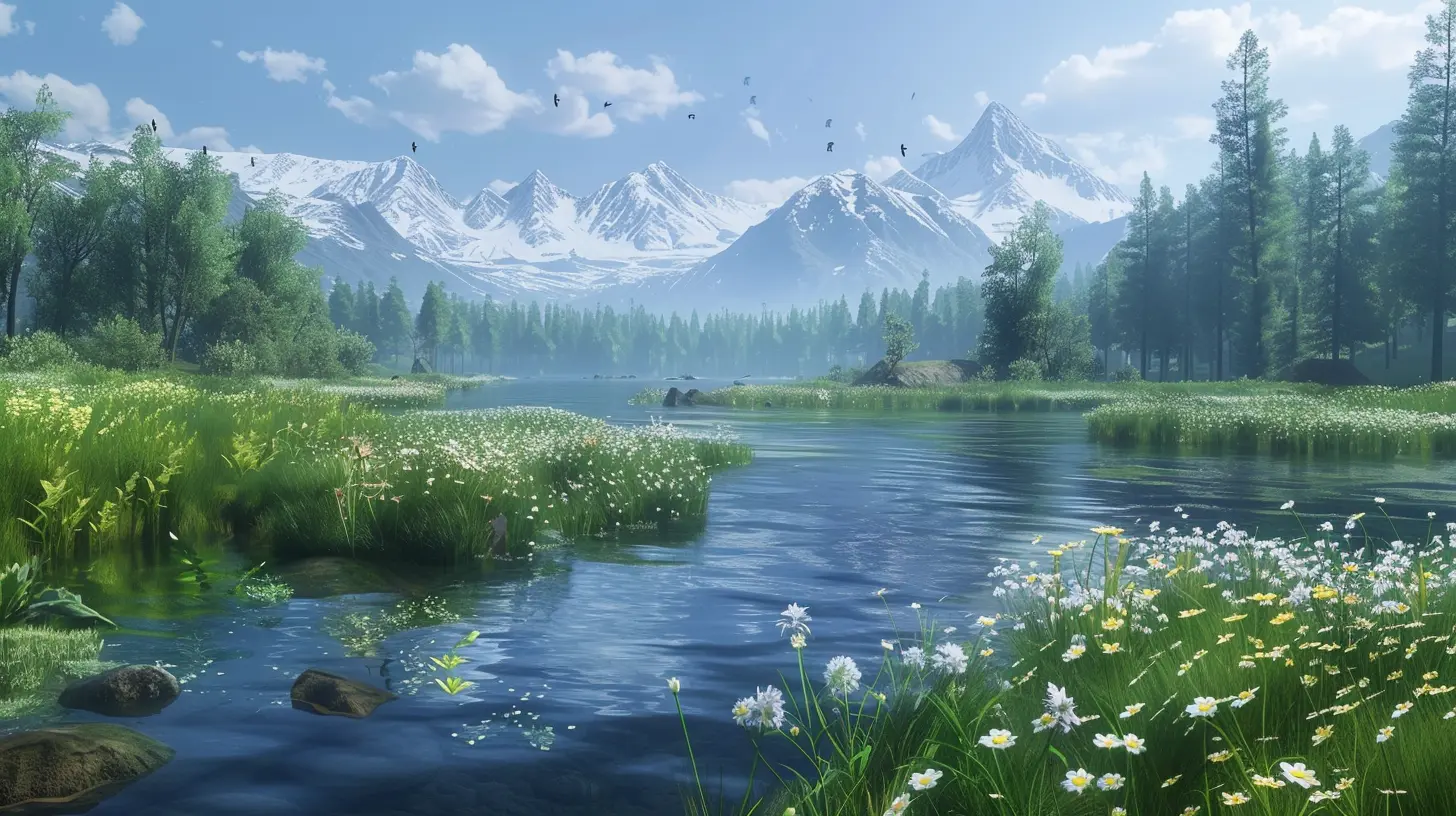
Memorable Biomes in Gaming History
Over the years, we’ve explored some unforgettable biomes in gaming. Here are just a few of the greats:1. Minecraft’s Endless Ecosystems
It’s impossible to talk about biomes without mentioning Minecraft. With over 60 unique biomes (and counting), this sandbox game is a goldmine of environmental diversity. From the Frozen Ocean to the Mushroom Fields, each biome has a distinct look, resources, and mobs. Plus, the procedural generation ensures that no two biomes are ever the same.2. Skyrim’s Nordic Wilderness
The Elder Scrolls V: Skyrim is celebrated for its breathtaking open-world design. The game’s biomes range from frosty mountain ranges to lush forests and even marshy regions. Each area feels alive, with its own set of flora, fauna, and weather patterns, making exploration a joy.3. The Last of Us Part II’s Post-Apocalyptic World
In The Last of Us Part II, biomes are used to reflect the devastation of a post-apocalyptic world. From overgrown urban ruins to snow-dusted towns, the game’s environments are hauntingly beautiful and filled with storytelling details. Every location feels like it has a history.4. Subnautica’s Underwater Wonder
While many games focus on land-based biomes, Subnautica takes players beneath the waves. The game’s underwater zones are teeming with alien life and eerie beauty, ranging from vibrant coral reefs to pitch-black deep-sea trenches. It’s a refreshing take on biomes that feels wholly unique.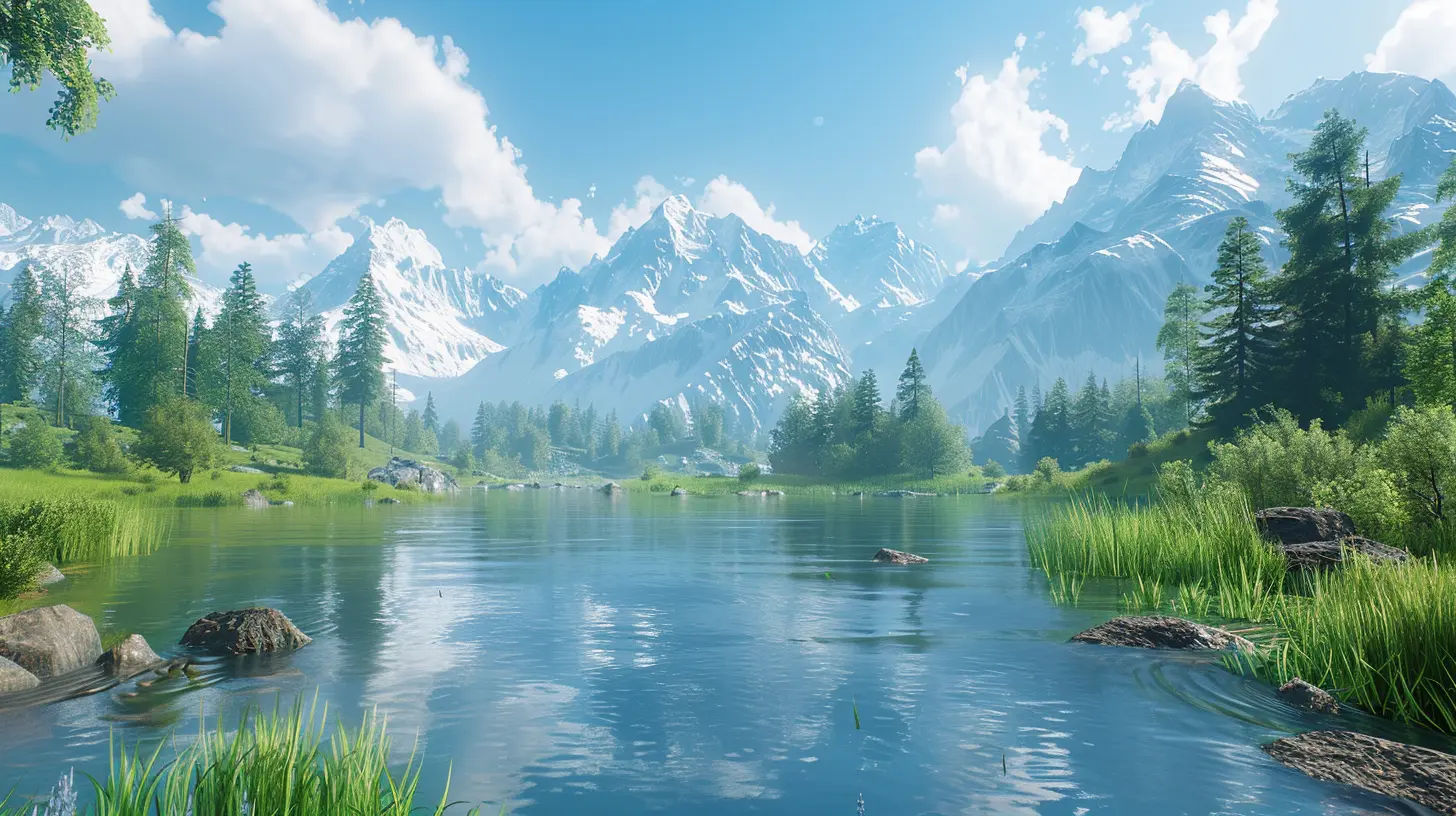
How Biomes Evolve Gaming
As technology progresses, so do biomes in games. In the early days of gaming, biomes were little more than simple textures or color changes to indicate a new area. Now, they’re hyper-detailed, dynamic environments with their own ecosystems.The Role of Procedural Generation
Thanks to procedural generation, creating diverse biomes is easier than ever. Games can generate massive open worlds with unique, randomized biomes on the fly. Titles like No Man’s Sky use this technology to craft entire planets, each with its own climate, terrain, and wildlife.Environmental Storytelling
Modern games are leveraging biomes for environmental storytelling like never before. By placing clues and details in the surroundings, developers let players piece together the history of a world without dialogue. For example, a ruined castle in a desert biome might hint at a once-thriving civilization destroyed by drought.Dynamic Weather and Seasons
Another exciting evolution is the inclusion of dynamic weather and seasons. Imagine wandering through a sunny meadow, only for a thunderstorm to roll in. Games like Forza Horizon 5 and Animal Crossing: New Horizons use seasons and weather to make biomes feel dynamic and alive.Designing Your Dream Biome
Ever thought about what your ideal biome in a game would look like? Maybe it’s a tropical paradise with hidden caves and crystal-clear waters. Or perhaps a spooky, mist-filled forest crawling with creepy creatures. The coolest part about biomes in games is that they’re only limited by imagination. Developers continue to push the boundaries, creating biomes that feel both relatable and fantastical.
Final Thoughts
Biomes in games aren’t just about pretty scenery — they’re integral to gameplay, storytelling, and immersion. They’re what make virtual worlds feel alive and worth exploring. Whether you’re trekking through the icy tundras of Skyrim, diving into the alien seas of Subnautica, or building your dream home in Minecraft’s endless biomes, these ecosystems shape your experience in ways you might not even realize.So, the next time you set foot in a game’s vibrant jungle or treacherous desert, take a moment to appreciate the effort that went into creating it. After all, the magic of gaming lies not just in the gameplay but in the worlds we get to lose ourselves in.
all images in this post were generated using AI tools
Category:
Realism In GamesAuthor:

Greyson McVeigh
Discussion
rate this article
1 comments
Octavia Whitaker
Great article! I love how you highlighted the importance of biomes in enhancing gameplay. It's fascinating how diverse ecosystems can create unique challenges and enrich player experiences. Keep it up!
October 24, 2025 at 4:59 PM
